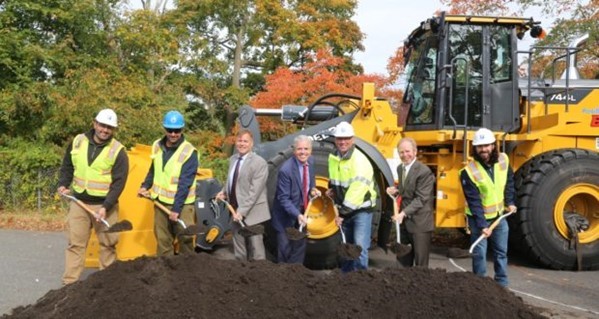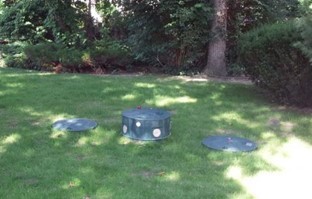Long Island Nitrogen Action Plan (LINAP) – Monthly Newsletter |
Suffolk County Coastal Resiliency InitiativeIn 2015 Suffolk County was awarded $390 million in funding through the Governor’s Office of Storm Recovery to install sewers in communities that are in unsewered, low-lying areas along the County’s south shore that had been inundated by Superstorm Sandy. The sewer projects, known as the Suffolk County Coastal Resiliency Initiative, marks the largest investment in water quality infrastructure in the County in more than 40 years and will eliminate over 7,000 cesspools and septic systems in the Carlls River Watershed (North Babylon, West Babylon, Wyandanch), Patchogue River Watershed (Village of Patchogue), the Forge River Watershed (Mastic) and Connetquot River Watershed (Oakdale); improving water quality, boosting economic development and protecting against storm surges by strengthening wetlands. This represents the largest expansion of sewer infrastructure in Suffolk County in nearly 50 years! The first of these sewer projects broke ground on October 29, 2021 in the Carlls River Watershed and will connect more than 2,180 properties to sewers by September 2024. And on January 27, 2022 the County broke ground in the Forge River Watershed. This project will connect roughly 1,889 homes and over 150 businesses to a state-of-the-art sewage treatment facility. Both projects will use low-pressure sewer systems, that include pumps buried in front of each house; a method that is cost effective and causes less construction disruption. The County also received additional grant money from the State to expand sewers in the Kings Park and Smithtown Business Districts. Construction is scheduled to begin in 2022 and 2023 respectively.
Suffolk County officials and construction leaders at the groundbreaking ceremony for the Carlls River Watershed sewer expansion project. Photo credit: Suffolk County Countywide Wastewater Management DistrictLast year the County released a feasibility study and implementation plan to guide the establishment of a Countywide Wastewater Management District (CWMD). The study identified essential actions required to establish the CWMD as well as the management structures and financing required for its operation. Establishing a CWMD in Suffolk County will provide the critical administrative and organizational structure to identify, evaluate and manage the wastewater infrastructure needed to improve groundwater and surface water quality. This includes the replacement of outdated cesspools and septic systems with Innovative Alternative Onsite Wastewater Treatment Systems. The Countywide Wastewater Management District will, in a phased approach:
As the next step in the process, a Task Force composed of environmental, civic, and business leaders have been working to develop an implementation strategy and timeline for the proposed District. Septic Improvement ProgramSuffolk County continues to effectively transition from the use of outdated cesspools and septic systems to Innovative and Alternative Onsite Wastewater Treatment Systems (I/A OWTS). Under the County’s Septic Improvement Program, homeowners are eligible for a grant for the purchase and installation of an approved I/A OWTS and associated engineering and design services. Under the program, homeowners who decide to replace their cesspool or septic system with the new and advanced technologies are eligible up to $30,000 in grants from Suffolk County and the New York State Septic System Replacement Fund to offset the cost of one of the new systems. To date the County has awarded over 3,000 grants to homeowners! In furtherance of these extraordinary efforts to replace cesspools and septics, an amendment to the County’s sanitary code, that was unanimously passed, went into effect on July 1, 2021 requiring I/A OWTS on all new construction and major reconstruction. The law also allows greater flexibility for the use of small sewer plants in downtown business districts.
Innovative/Alternative Onsite Wastewater Treatment System Installation. Photo Credit: Suffolk County Suffolk County Septic Improvement Program wins the Department of Environmental Conservation’s Environmental Excellence AwardThe Suffolk County Department of Health Service Septic Improvement Program was among the Department of Environmental Conservation’s Environmental Excellence Awards winners this past year! The Environmental Excellence Awards are presented each year in recognition of innovative programs and that show an outstanding commitment to environmental sustainability, social responsibility, and economic viability. A committee of representatives from the public and private sectors helped to select this year’s awardees who were recognized for pioneering projects to ensure inclusivity, explore clean energy, and improve water quality. |
Footer
Contact
STAY INFORMED
Enter your email address to receive email updates from the LIRPC:







